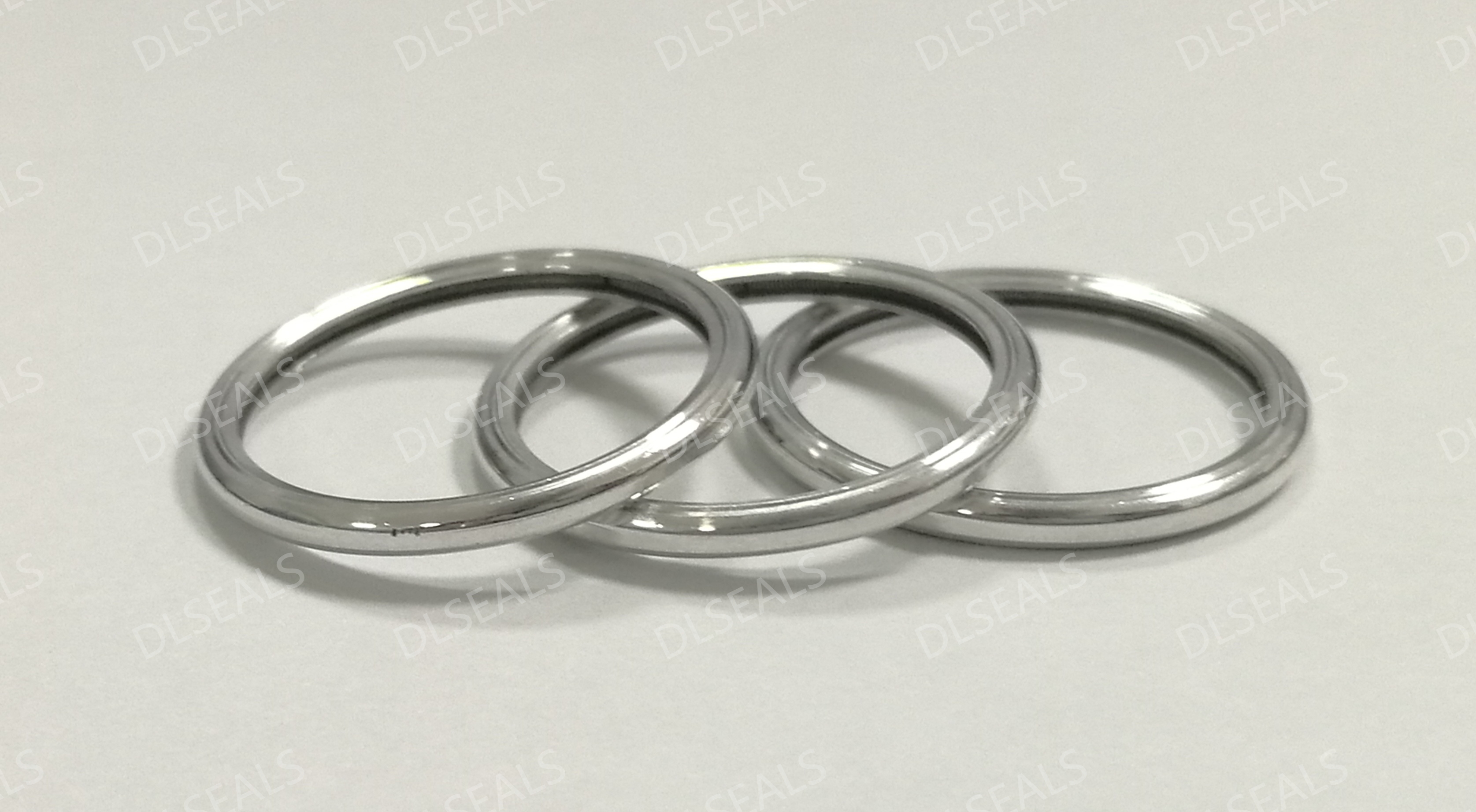
Metal C-rings are a key seal widely used in machinery and industrial equipment. The design and manufacturing process involves many aspects, from material selection to precise processing, which have an important impact on the performance and application effect of the final product. The following is a detailed introduction to the design and manufacturing of metal C-rings.
1. Design considerations
Application requirements
Understand the working environment of the C-ring, including temperature, pressure, fluid properties, etc., to determine the design requirements.
Consider the specific application scenarios of the C-ring, such as sealing, support or connection functions.
Dimensions and specifications
Determine the basic dimensions of the C-ring, such as the outer diameter, inner diameter and height according to the assembly requirements to ensure its precise fit with the accessories.
Consider the tolerance requirements to meet different manufacturing and assembly standards.
Material selection
Select suitable materials (such as stainless steel, carbon steel, aluminum alloy, etc.) according to the working environment and performance requirements.
Consider the corrosion resistance, strength, processing performance, etc. of the material to ensure the durability and effectiveness of the C-ring.
Shape design
The cross-sectional shape of the C-ring is usually “C” shaped, but in some applications it can be designed into different geometric shapes to optimize performance.
Reasonable shape design can improve the sealing effect and load capacity.
Plating and surface treatment
Select appropriate plating according to environmental requirements to enhance corrosion resistance, wear resistance and appearance.
Surface treatment methods include roughness control, bright treatment, etc. to improve sealing effect and fatigue resistance.
2. Manufacturing process
Material preparation
Prepare the corresponding metal materials according to design requirements, and carry out preliminary preparations such as cutting and forming.
Stamping or cutting
Use technologies such as stamping machines or laser cutting to cut metal sheets into preliminary shapes according to design drawings.
Accurate cutting technology ensures product consistency and smooth subsequent processing.
Forming process
The preliminary shape is processed into the final C-ring profile by cold forming, hot forming or machining.
The mechanical and thermal properties during the forming process will affect the performance of the final product.
Heat treatment
Heat treatment is performed on some metal materials to improve hardness, toughness and wear resistance.
The heat treatment process requires precise control to avoid material deformation or excessive internal stress.
Surface treatment
According to the design requirements, electroplating, spraying or other surface treatment processes are carried out to improve corrosion resistance and aesthetics.
Ensure that the surface treatment is uniform and meets industry standards.
Quality inspection
Through dimensional measurement, pressure resistance test, sealing performance test and other methods, the finished product is fully quality inspected.
Ensure that the product meets the design specifications and industry standards and ensures safety in use.
Packaging and delivery
Qualified metal C-rings are packaged after testing to ensure that they are not damaged during transportation.
Deliver according to customer needs and provide necessary technical support and instructions for use.
III. Summary
The design and manufacturing process of metal C-rings involves multiple links, and each link plays an important role in the quality and performance of the final product. From demand analysis, material selection, design drawings to manufacturing process, surface treatment and quality inspection, they all need to be strictly controlled and optimized. Reasonable design and efficient manufacturing process will ensure the reliability and durability of metal C-rings in practical applications, and provide necessary support for the normal operation of various types of machinery and industrial equipment. In the design and manufacturing process, continuous attention to the application of new technologies and new materials can further improve the performance and application range of C-rings.
Post time: Oct-12-2024
